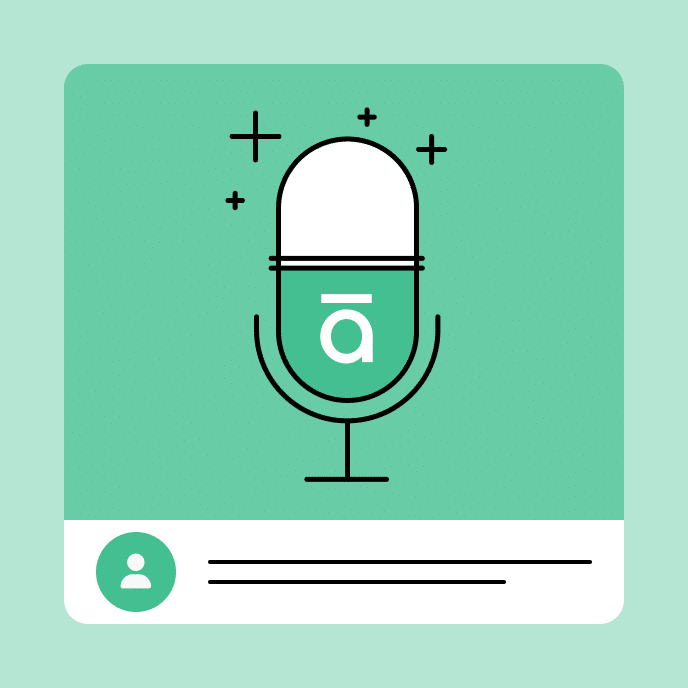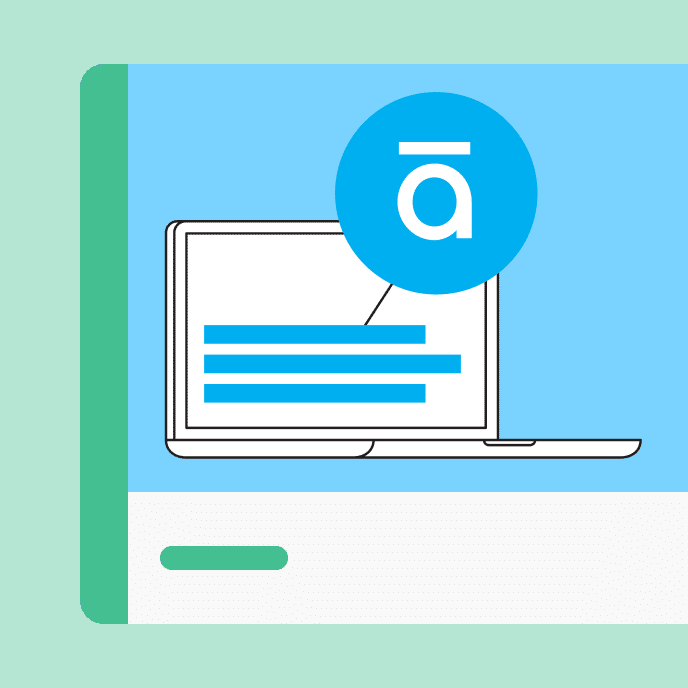How to Ruin Online Training Courses
Making great online training courses requires the right resources and commitment. Learn how to fix common issues with e-learning courses.

Why are so many online courses bad?
One of the activities we do at my workshops is prototype an interactive e-learning module. I provide some generic content and their task is to do two things:
- Determine how to get the learner to interact with the screen
- Craft a relevant and engaging learning interaction
They spend about twenty minutes discussing ideas and then they share their ideas. It never ceases to amaze me how creative they are and what they’re able to produce within the limited time.
I find that there’s no shortage of clever ideas and creative people. However, that doesn’t always translate to the production of good e-learning courses. If we don’t lack creativity, why are there so many bad courses?
Reason 1: Limited performance expectations
Many courses only exist because of some legal or regulatory reason. They are not designed to change behaviors or performance. And the only expectation is that the organization’s staff completes the “training” by the end of the year.
In that environment, organizations are reluctant to commit resources to “training” that doesn’t do much to improve performance. And that makes sense.
When I first meet with a client, I try to distinguish the information type courses from those that require changes in performance. I want them to recognize what type of course they want and then commit the resources to meet their goals.
Unfortunately, we still have to build those compliance courses that have little impact to the organization. Here are some tips to help overcome the challenges when building compliance courses. Ultimately, I try to make them light and easy to take. Get the people in and out as fast as you can. And if possible, make the course interesting. A good story helps.
Reason 2: Limited graphic design resources
Look at many of the award-winning courses. They’re not instructionally any more sophisticated than what the workshop participants design in our sessions. Usually the big difference is the way the course looks. The award winners or those types of courses have the resources to build nice looking courses.
However, many of the people I meet are stuck building courses with no graphic designers and limited to the free assets they can find online.
If I were to assemble an e-learning team, I’d value a graphic designer as much as I would an instructional designer. Also if 80% of what is built is compliance training, one of the best investments is to have a graphics person on staff who can make the courses look nice and visually cohesive.
Reason 3: No budget for course design
I once worked at an organization where we were training tens of thousands of employees around the country. I was new to the organization and tried to get $80 to buy some images from a stock image site. Instead of giving me the money to buy the images, we had a team meeting with an executive manager who explained how we could save money using the images on some crappy CD she had at her desk. The organization spent about $2000 in meetings to save $80. This type of thing is typical for many training teams.
The lack of financial commitment to create effective e-learning is probably the single biggest issue I see in our industry. Organizations buy authoring software. But that’s just meets part of the need. They don’t always invest in training their staff and they rarely provide a budget to create e-learning courses.
Some of you get a budget when you build courses. But when I ask at my workshops, usually no hands go up. So if you don’t get a budget, start to ask for one. Perhaps the first time you only get $500. But the next time you get a little bit more. The key is to build the expectation that when a course is required that also means we need a little bit of money to make it happen.
If you have no performance expectations, no graphic design resources, and no budget you’re going to get the types of courses that are too common in our industry. What are some of your struggles with building better courses?
You may also like

Big Moves, Big Wins: Articulate’s 2024 Year in Review
Check out six milestones—from game-changing features to prestigious awards— that shaped our e-learning year.

